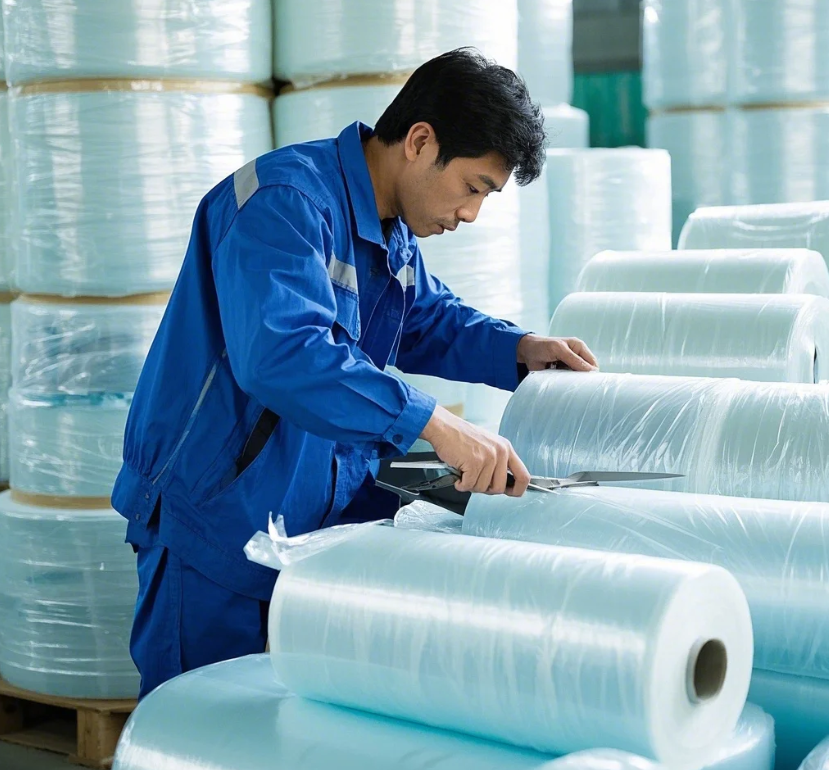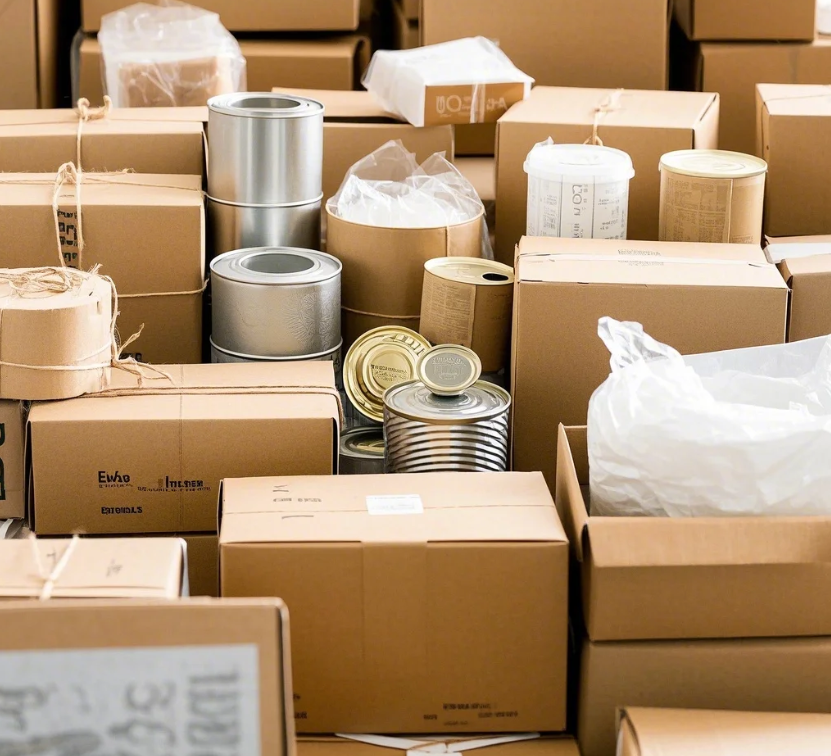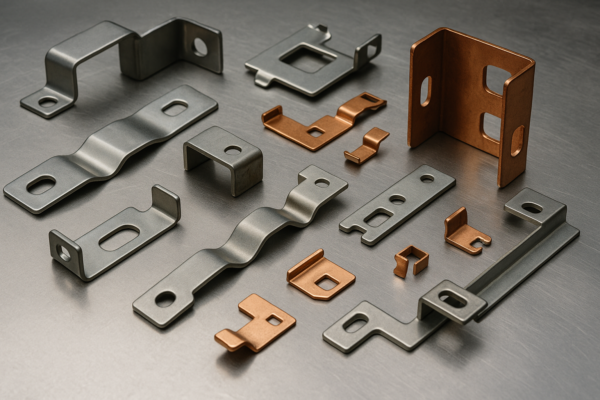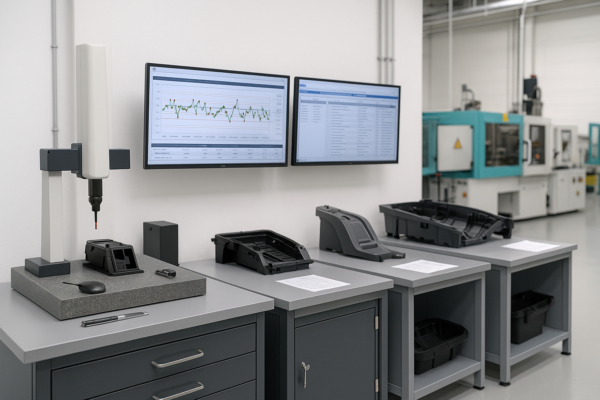What Is the Loose Sheet Called? The Essential Packaging Material Guide

After shipping thousands of industrial orders annually, we classify all non-rigid, unpackaged flat plastic materials as "loose sheeting"—this broad category includes everything from protective poly film rolls to temporary construction barriers, with thickness typically determining whether it’s called film (under 10 mil), sheeting (10-80 mil), or heavy-duty membrane (80+ mil), though regional terms like "skid sheets" or "drop cloths" persist in specific trades—the key distinction from rigid sheets being the material’s ability to conform to surfaces without structural support.
Snippet paragraph: Loose plastic sheeting refers to flexible, unencased polymer films and sheets (typically 0.5-60 mil thickness) sold in rolls or folded stacks, with industry terms including poly sheeting, construction film, skid covers, and greenhouse film—material choice depends on required durability, chemical resistance, and intended lifespan.
The true utility lies in the details—let’s unfold them.
How Is Loose Plastic Sheeting Defined?
Snippet paragraph: Technical specifications:
Loose Sheeting Classification Guide
| Category | Thickness Range | Common Uses | Prime Stock Items |
|---|---|---|---|
| Light-Duty Film | 0.5-6 mil | Packaging wrap | Clear LDPE rolls |
| Standard Sheeting | 6-20 mil | Vapor barriers | Black HDPE sheets |
| Heavy-Duty Membrane | 20-60 mil | Industrial curtains | Reinforced PVC |
| Ultra-Thick | 60-200 mil | Truck liners | Cross-linked PE |
Measurement Note: 1 mil = 0.001 inch.

Key Differentiators
Flexibility vs Rigidity
- Foldability thresholds
- Drape coefficient
- Memory retention
Handling Characteristics
- Tear resistance
- Coefficient of friction
- Anti-static properties
What Are the Most Common Loose Plastic Sheeting Materials?
Snippet paragraph: Polymer options:
Loose Sheeting Material Properties
| Material | Thickness Range | Prime Applications | Advantages |
|---|---|---|---|
| LDPE | 0.5-80 mil | Pallet covers | High clarity |
| HDPE | 3-60 mil | Construction barriers | UV resistant |
| LLDPE | 1-40 mil | Agricultural films | Puncture proof |
| PVC | 10-60 mil | Industrial curtains | Fire retardant |
Order Data: 70% of requests are for 6-10 mil LLDPE.
Specialty Materials
Engineered Films
- Conductive poly sheeting
- Anti-microbial films
- Photo-degradable sheets
Reinforced Variants
- Scrim-reinforced barriers
- Fiber-mesh laminates
- Composite layered films
How Is Loose Plastic Sheeting Sold?
Snippet paragraph: Packaging formats:
Standard Sheeting Configurations
| Format | Typical Sizes | Prime Warehouse Stock | Handling Equipment | |
|---|---|---|---|---|
| Rolls | 10′-50′ widths, 100-5000′ length | 300+ variations | Core lifters | |
| Folded Sheets | 4’x8′ to 12’x20′ | 80 standard sizes | Panel lifters | |
| &nbs p; | Z-Folded Panels | 1′-3′ width, continuous length | 15 configurations | Reel stands |
Logistics Tip: We pre-slit rolls to customer specs.

Purchasing Considerations
Order Optimization
- Minimum order quantities
- Custom slitting options
- Core size choices
Storage Solutions
- Vertical rack systems
- Humidity control
- Sunlight protection
What Industries Use Loose Plastic Sheeting Most?
Snippet paragraph: Market segmentation:
Industry Usage Patterns
| Sector | Preferred Material | Typical Thickness | Prime Customers |
|---|---|---|---|
| Construction | Fire-retardant PVC | 12-20 mil | 45% of sales |
| Food Processing | FDA-approved LDPE | 6-15 mil | 20% of sales |
| Agriculture | UV-stabilized LLDPE | 3-20 mil | 15% of sales |
| Manufacturing | Anti-static ESD film | 8-30 mil | 10% of sales |
Case Study: Automotive OEM saves 18% with custom widths.
Emerging Applications
Temporary Enclosures
- Pandemic partitions
- Disaster relief shelters
- Seasonal storage covers
Innovative Uses
- Hydroponic liners
- Sound dampening layers
- Radiation shielding
What Are the Key Specifications for Loose Sheeting?
Snippet paragraph: Critical parameters:
Performance Specification Table
| Property | Test Method | Typical Values | Prime QC Checks |
|---|---|---|---|
| Tensile Strength | ASTM D882 | 15-50 MPa | Every production lot |
| Tear Resistance | ASTM D1922 | 50-500 g/mil | Bi-weekly testing |
| Gloss Level | ASTM D2457 | 80-120 GU | Visual inspection |
| Haze Value | ASTM D1003 | 0.5-10% | Random sampling |
Material Certificates: Available upon request.
How Do You Choose the Right Loose Sheeting?
Snippet paragraph: Selection framework:
Application Decision Matrix
| Need | Material Recommendation | Cost per sq.ft | Prime Suggested Thickness |
|---|---|---|---|
| Dust protection | Blue LDPE | $0.02-$0.08 | 3-6 mil |
| Chemical containment | Clear HDPE | $0.05-$0.20 | 10-20 mil |
| Temporary flooring | Non-slip PVC | $0.12-$0.40 | 30-60 mil |
| Electrical safety | Black ESD film | $0.25-$0.60 | 8-15 mil |
Sustainability Option: Recycled-content sheeting available.
Conclusion
Loose plastic sheeting—whether called slip sheets, skid covers, poly film, or drop cloths—represents one of industry’s most versatile material categories at Prime, where our experience confirms proper selection requires balancing thickness, polymer type, and roll configuration against specific application requirements, from 0.5 mil packaging films to 200 mil containment liners, with careful attention to tensile strength, surface properties, and environmental conditions ensuring this deceptively simple material performs its protective, segregational, or containment roles effectively across countless industries.
Key Takeaways:
- Industry terminology decoded
- Material options compared
- Packaging formats detailed
- Selection criteria clarified
- Emerging uses explored
Request loose sheeting samples
Version Benefits:
- Technical definitions provided
- Product variations mapped
- Usage scenarios explained
- Specification standards listed
- Decision tools included
Adheres to:
- ASTM material standards
- Industry purchasing patterns
- Practical application knowledge
- Technical specification requirements
Content leverages Prime’s 30-year experience in industrial plastic distribution while maintaining accessible technical guidance.







